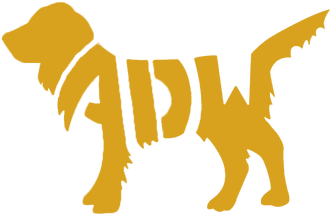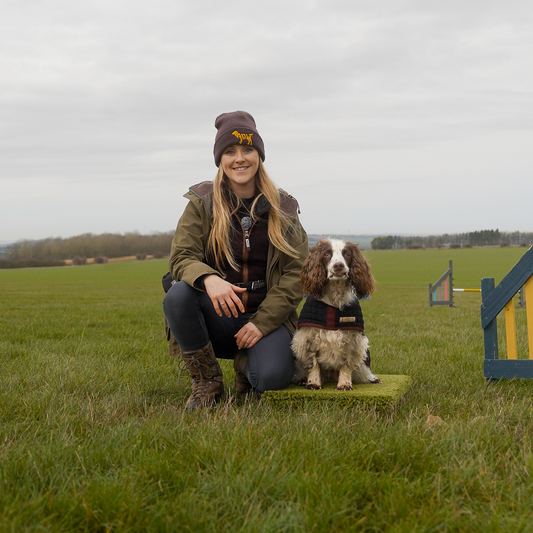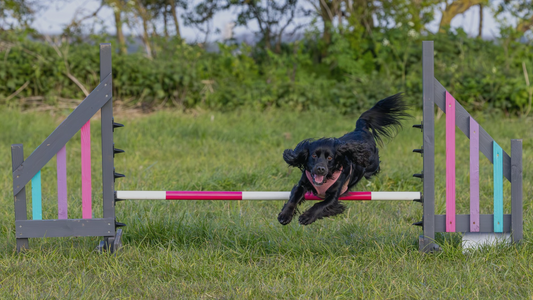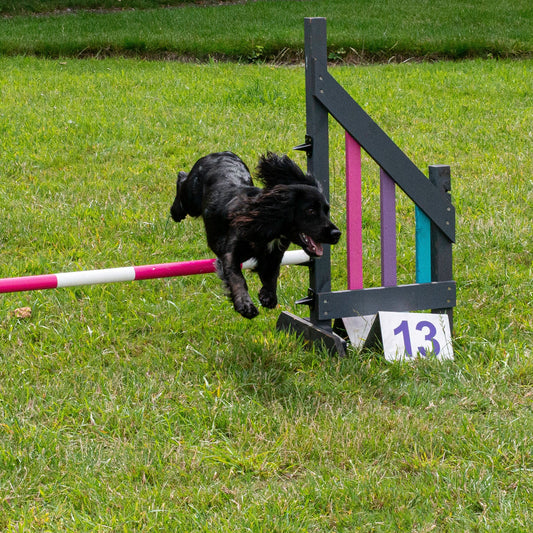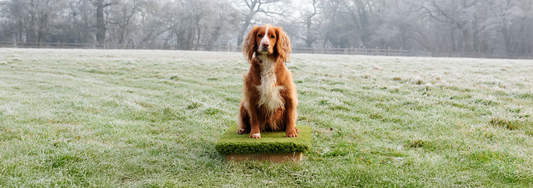Lure vs Reward vs Treat
So what IS the difference?
With positive reinforcement becoming more commonplace in dog training, I often feel the terms are easily mixed up or misunderstood; the word ‘reward’ can sometimes sound as if you are indulging your dog, when really, you are reinforcing the behaviour you want to see more of. So, I will take a moment to explain…
There are several methods that can be used to teach dogs something new including:
Shaping, where a behaviour is broken into a series of progressive steps. Capturing, where the handler waits for the dog to offer the behaviour, marks, and reward. Modelling, where one dog copies another, for example, one dog is recalled and the other follows. But often luring is selected by trainers as using something to guide the dog into position produces success quickly.
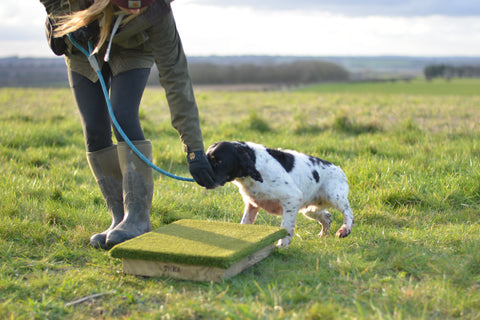
For example, this dog is guided onto the board, and into a sit following a piece of pate.
We particularly love to use this as the firm paté sausage can be easily cut into pea-sized pieces and is made from nothing but fine cuts of fresh meat so not only tempting and highly motivating for all the dogs I've worked with but healthy too.
Reward: is “a thing given in recognition of service, effort, or achievement.”
So, for something to be a ‘reward’ your dog first needs to have offered a behaviour you want, then you give them something they like such as food, play or praise in recognition of this.

For example, this dog moves into position onto the Place Board and then is rewarded for doing so with a string of fish biscuits: a high-quality kibble and because it’s made from tempting smelling salmon, haddock, trout & herring all combined with sweet potato, lentils, pumpkin, chickpeas and tapioca plus botanicals I have found to be appealing for most dogs that I have worked with, it will stay fresh a long time and doesn’t go ‘mushy’ like other treats.
Reinforcement: is “the process of strengthening a behaviour”.
For example, using something that your own dog finds rewarding in training with the aim of making that behaviour stronger, and therefore your dog more likely to offer it.
So in this example, food and verbal praise reinforce the Place Board behaviour.
And finally, a treat is defined as “an event or item that is out of the ordinary and gives great pleasure”. It's a one-off.

For example, I gave this Malinois a healthy rabbit ear chew as a treat after agility training which are always popular and come with some amazing benefits:
✔️ Low in fat, high in natural fibre and protein
✔️ Natural dental chew, promoting oral health
✔️ Fur is a great source of manganese that supports collagen formation which strengthens your dog's cartilage, tendons and ligaments at any age
✔️ Fur can also help cleanse your dog’s intestinal tract and is thought to aid in natural de-worming
✔️ Hypoallergenic
